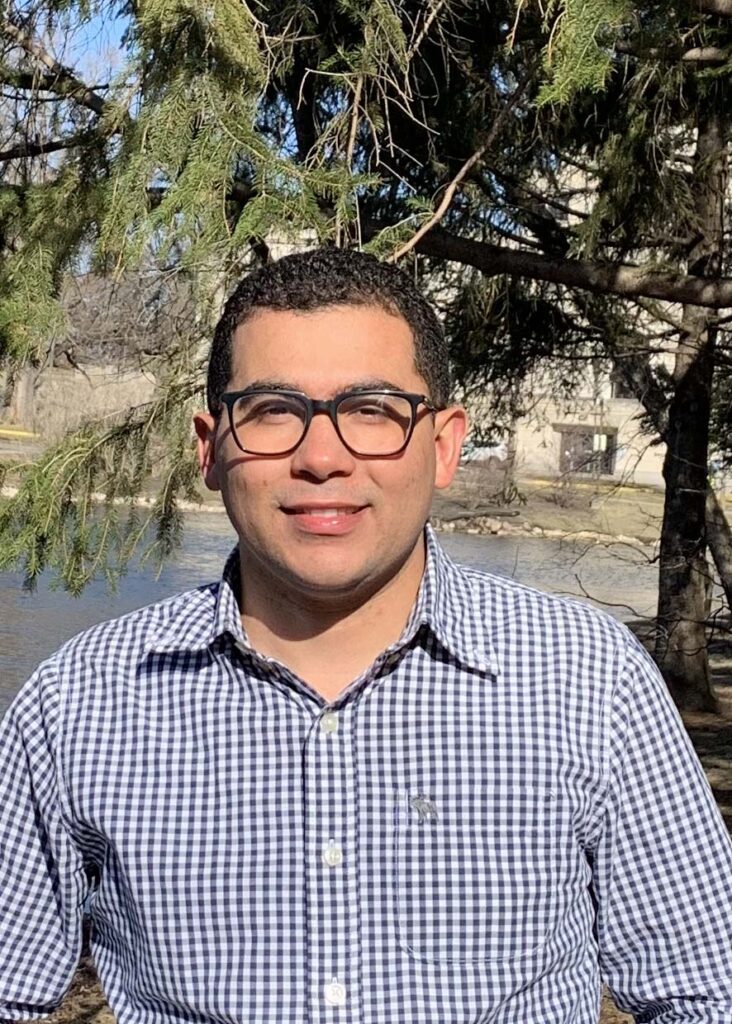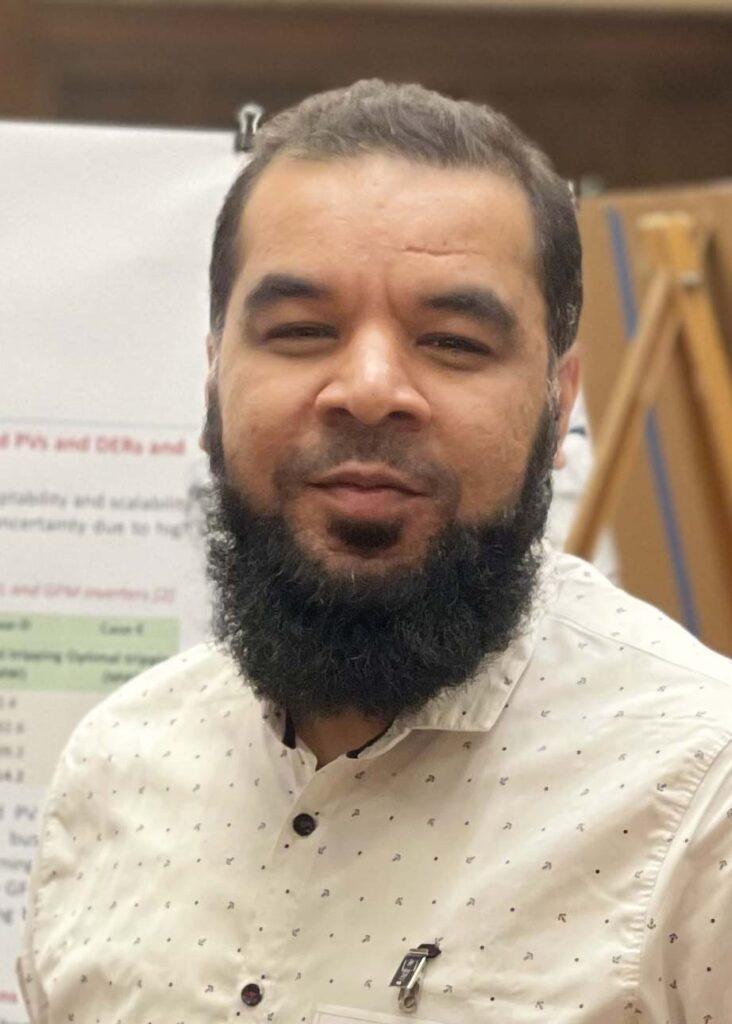To me, being a Cyclone Engineer means embracing challenges and pushing the boundaries of technology to address real-world problems. It involves a commitment to excellence, innovation, and a relentless pursuit of knowledge. This project epitomizes the Cyclone Engineer spirit by contributing to the development of sustainable and robust power systems, essential for the future of energy systems. This project not only contributed to academic and practical advancements in power systems engineering but also exemplified the values of collaboration, innovation, and dedication that define a Cyclone Engineer.

